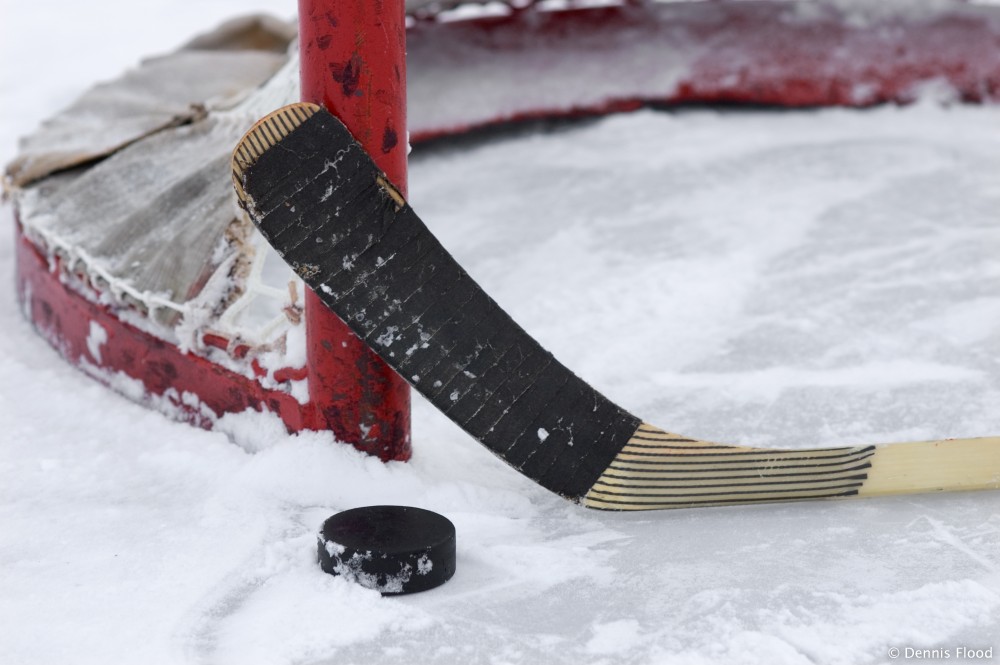Fitness Tips for Hockey Players

Hockey is one of the most competitive sports in the world, requiring strength, endurance and speed. While field hockey has its own demands, ice-hockey is even tougher where the players have to be rested after spending 45 second to 1 1/2 minutes on the ice. This is due to the fact that during this time, their bodies undergo extreme stress by sprinting on skates, starting and stopping, passing and absorbing the physical contact with the opponents. For their own safety, they have to be replaced by their teammates to avoid permanent or serious damage.
Instructions
-
1
Building core strength:
While the players use the arms for passing, shooting the puck, and legs for sprinting, the fact is that they use their midsection to generate the force needed carry these actions. Players have to work hard to build core strength in their bodies to generate the force needed to survive on the ice, and for that do push-ups, bridges and crunches on the exercise ball.
-
2
Flexibility:
Flexibility and endurance is extremely important for hockey players, and for that they need to focus on the hip abductors. Hip exercises are helpful for the defensemen. For high-performance skating, internal and external rotation of the hips is vital. -
3
Endurance Drills:
In order to get fit before the season, players need to put on his skates and sprint as fast as he can between the startling point and end line. While this exercise would leave the players exhausted, it will prepare them for a tough season. -
4
Anaerobic / Aerobic training:
Players need to have a proper plan for cardiovascular exercises, which will improve their strength and endurance.
It is important that the players are not overburdened by high intensity training programmes, which will cause injuries and could end with them on the benches for the rest of the season.
A periodized training program which has alternating cycles of high, medium and low intensity training has proved beneficial for athletes. -
5
Body Fat:
Extra body weight (fat) decreases the hockey player's flexibility, hindering his ability to move freely, consequently increasing fatigue that could lead to strain injuries.







